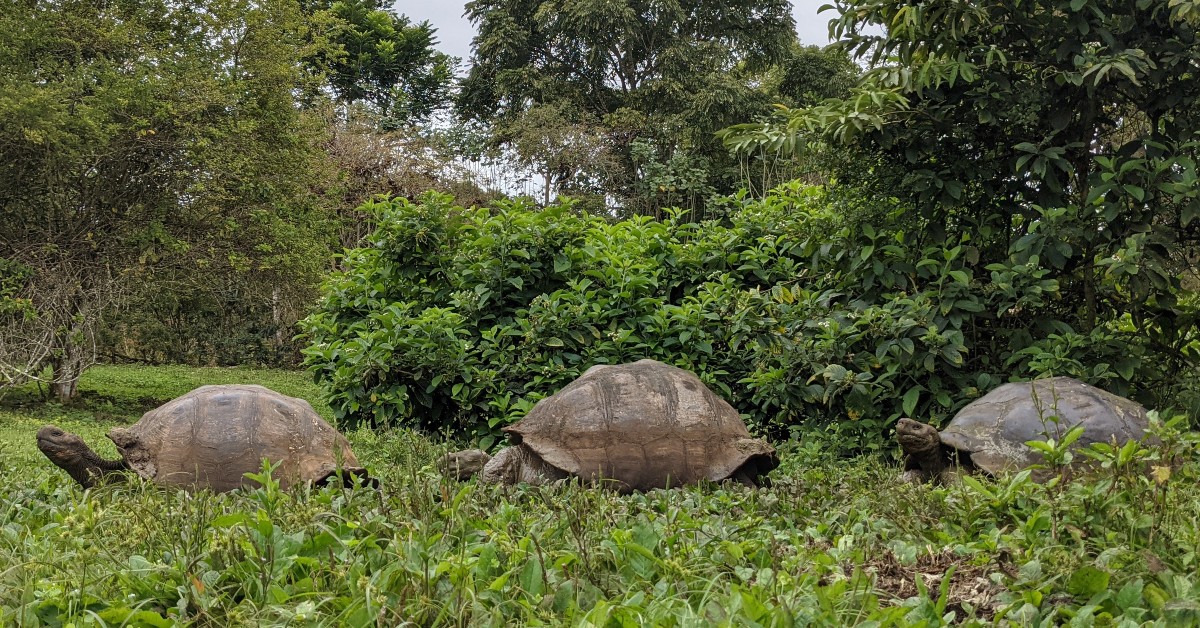In the Galapagos Islands, a team of scientists is researching modern reforestation technologies to regenerate degraded habitats, support local agriculture, and promote sustainable development goals.
This remote archipelago in Ecuador attracts hundreds of thousands of tourists each year due to its iconic animals and plants. These include the giant tortoise, Darwin’s finch, and Scalesia forests (the “daisy tree”). These species are endemic to the area and have a unique but fragile relationship with their environment. However, the human population relies economically on tourism and must coexist with the flora and fauna, posing further challenges.
Historically, the isolation, aridity, and scarcity of water in the Galapagos Islands have hindered the local human population’s development. Thus, the first inhabitants to settle in the islands brought foreign crops and domesticated animals for their survival. Unfortunately some, such as the blackberry, goat, and guava, became invasive species with devastating effects on the natural environment. Environmental degradation threatens the archipelago’s endemic species with extinction and ecosystem services vital to human survival.
Sustainable Development Goals
Fortunately, the Charles Darwin Foundation dedicates its research endeavors to protecting Galapagos’ biodiversity while also recognizing the human population. The Galapagos Verde 2050 project, for example, investigates ecological restoration methods while also promoting sustainable agriculture in the local community. The team identifies study sites, removes invasive plants, and sows native plants in arid and degraded areas. It also supports local farmers in planting crops using water-saving technologies.
One of these technologies, the Groasis Waterboxx, collects and retains water (from irrigation or rain). Then, it delivers the water slowly through a wick channeled directly to the plant’s roots. The aim is to avoid excess water waste and take advantage of all the area’s resources. Recent studies show that plants in arid regions have a three times greater chance of survival in their first two years of life when technologies such as Groasis support them. Furthermore, these water-saving technologies can reduce reforestation costs by at least 34% in remote and resource-poor areas such as the Galapagos Islands. Thus, investing in these technologies maximizes reforestation resources and supports local agriculture with an ecologically and economically sound solution. This contributes towards several of the Sustainable Development Goals.
The Galapagos Verde 2050 project also works with the local youth community, educating them about the importance of conserving native and endemic plants that not only make the archipelago an important tourist attraction but also sustain the natural environment. Strengthening the ties between science, conservation, and the community motivates future generations to coexist effectively with the environment, and to continue developing sustainable practices to preserve nature and humans in the long term.
Main photo by Sarita Mahtani-Williams
About the Author
Sarita Mahtani-Williams is a biologist with an MSc in Biodiversity Conservation from the University of Exeter, UK. She worked in the Galapagos Islands for two years in plant restoration and conservation. She currently writes scientific articles, and researches topics in sustainable development with a focus on islands and plants.

